How Diversity Is Inspired by These Exciting and Sensational Dances
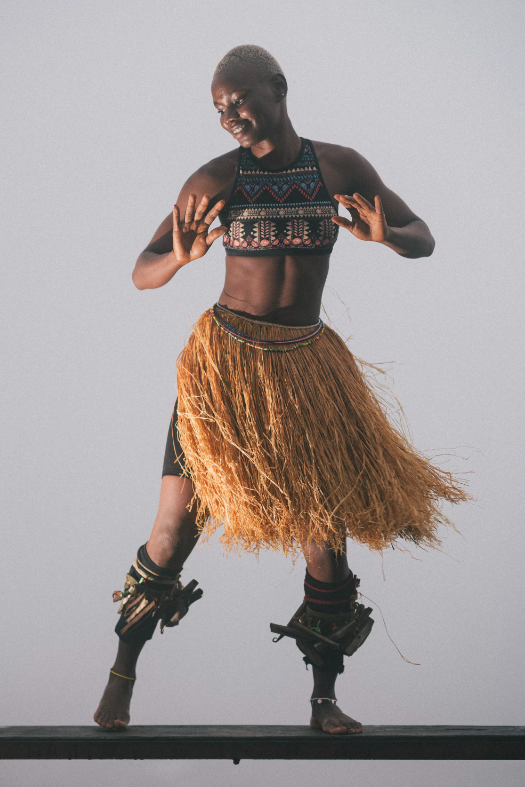
The Drea Catchers Academy is an NGO and a home which transforms lives of orphaned girls through Education, Dance, Music, Life Skills and All Basic Needs.
They gladly jumped on Dr. @cherryentafield hit single Shine and it was all vibe and joy ??#entafieldfoundation #dental pic.twitter.com/d5WGx8bWeL— Entafield Foundation (@enta_foundation) August 24, 2023
According to The Juilliard School of Dance, dance is described as the language of movement. Their students are proficient in speaking this language, and it's considered an artistic expression that transcends both time and culture. Through dance, we gain insights into the historical and cultural legacies of the dancers.Let's explore some outstanding examples from around the world. By comprehending these dances, we can foster a deeper understanding of various cultures, diversity, and the people in different countries, ultimately contributing to a more inclusive global community.
Today is World Folklore Day! ????Our traditions, music, and dances are the spirit of our country and we proudly show them to the world as a symbol of our incredible cultural diversity. You are beautiful, #Peru! ???#MarcaPerú #WorldFolkloreDay pic.twitter.com/rRnXwODbL1
— Peru (@peru) August 22, 2023
African Communities and DanceDance is really important in African communities. When they do traditional dances, each dance has a special reason behind it, usually connected to what the community believes in and how they relate to each other. To tell the different dance styles apart, you need to know why each dance is done because they're often about telling stories, making people feel better, or bringing the community closer together.
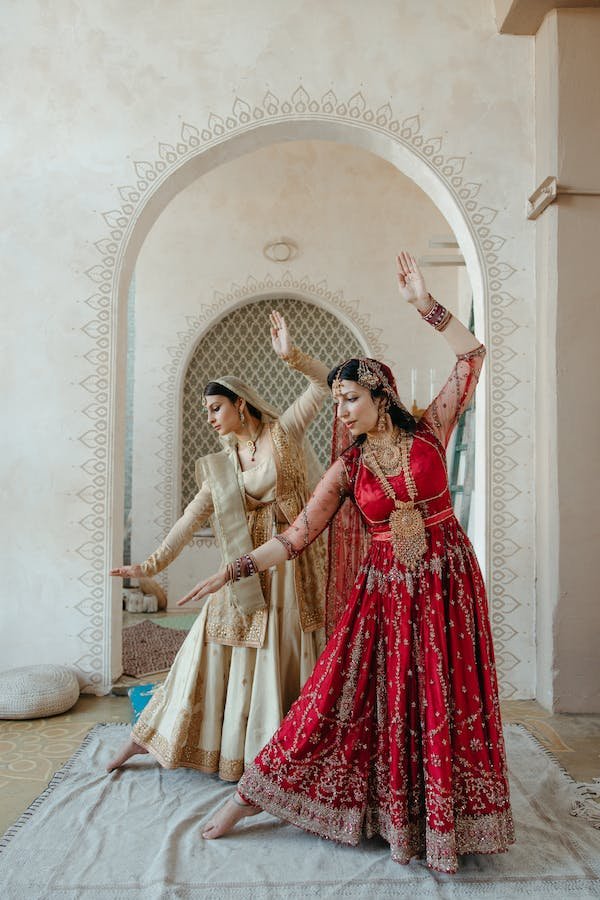 Salsa: Our Latin ThingSpeaking of culture, salsa is called “our Latin thing”, It originates from a deeply excluded segment of society and it achieved enormous fame and approval across various segments of the social order, not solely the lower classes. Salsa challenged this notion of being inferior and separate by being warmly welcomed in nearly every household in urban Latin America.
Salsa: Our Latin ThingSpeaking of culture, salsa is called “our Latin thing”, It originates from a deeply excluded segment of society and it achieved enormous fame and approval across various segments of the social order, not solely the lower classes. Salsa challenged this notion of being inferior and separate by being warmly welcomed in nearly every household in urban Latin America.
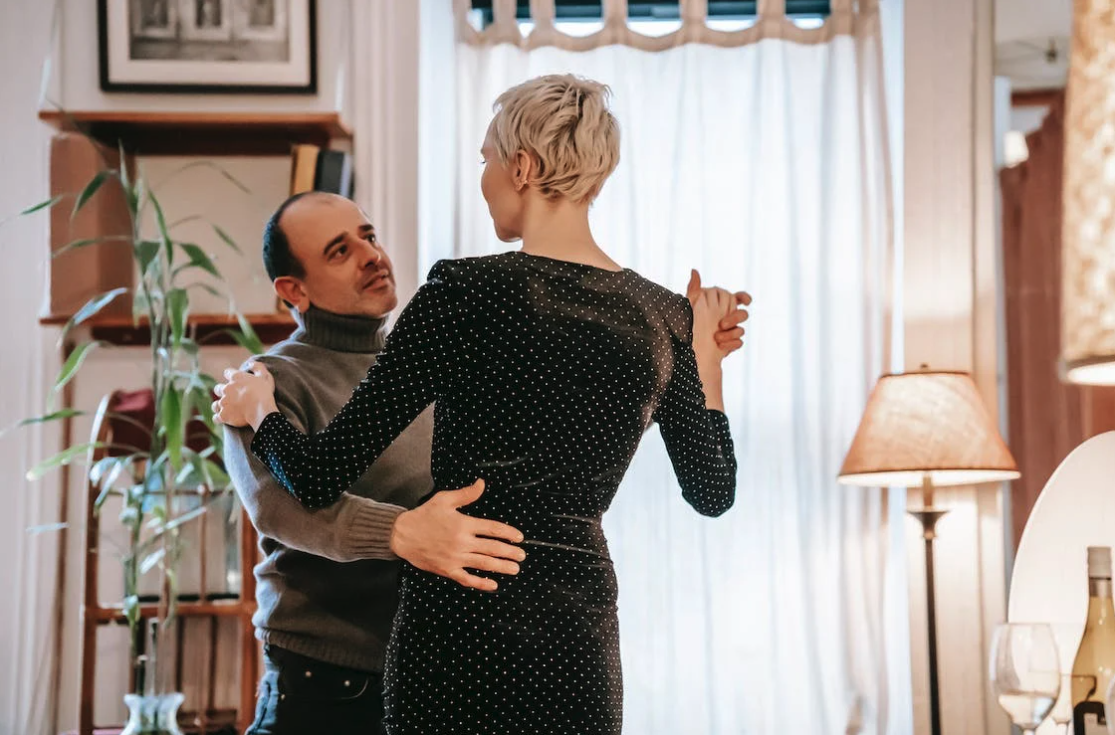
A New Era of Diversity in TangoArgentinians refer to this as A New Era of Diversity in tango. Tango originated as an inspired art form designed to convey narratives that often diverged from conventional genres. This fundamental essence endures, but today, artists are pushing the boundaries of tango by incorporating stories, dancers, and performers who represent the concept of sexual diversity.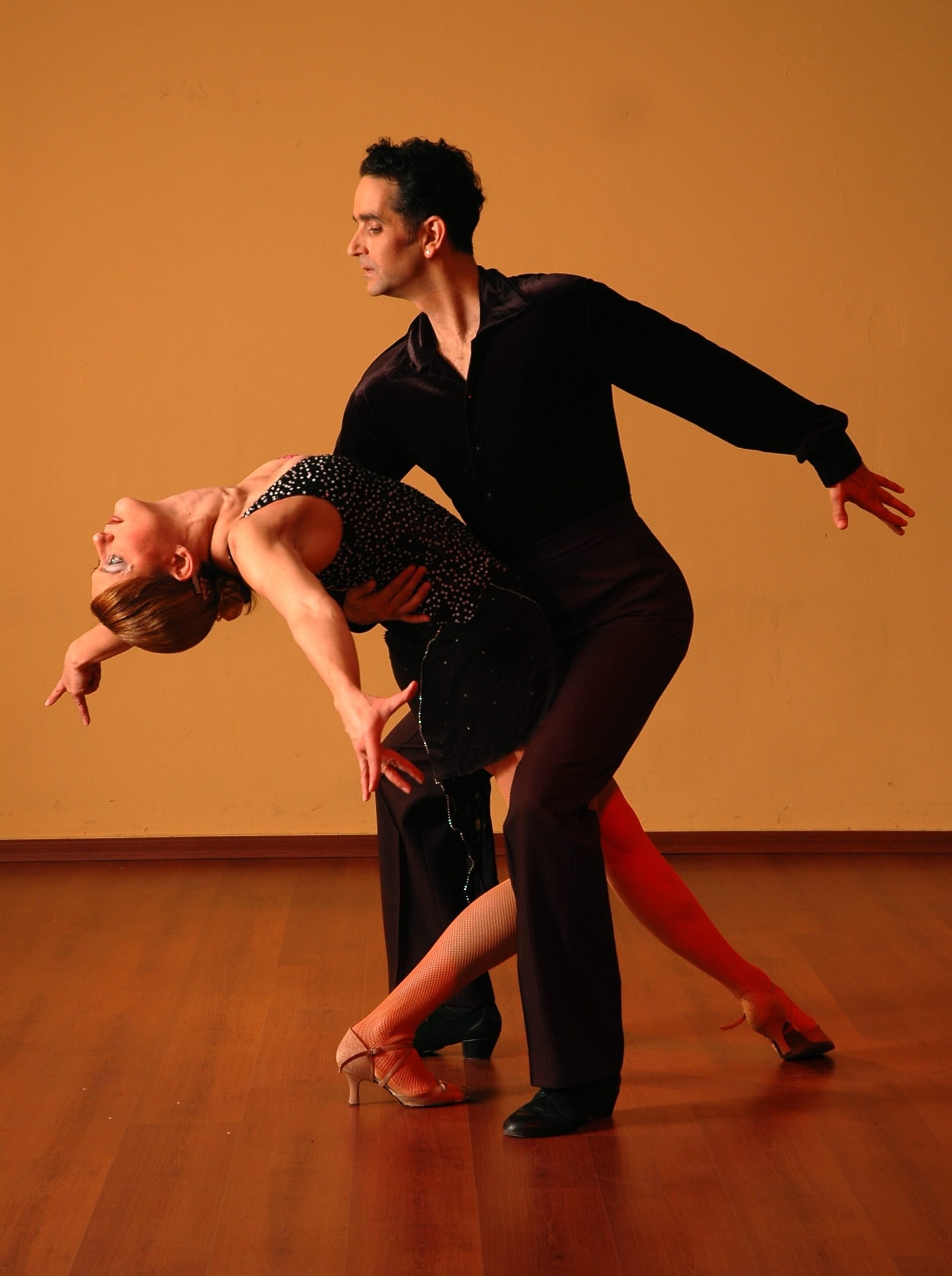 The Power of Hip-Hop DanceAs the Harvard Faculty of Art mentioned, Hip-hop dance explores and connects with different cultures, strengthens individual identities, and examines power and r dynamics. It encompasses music, dance, commentary, and revolution while representing a unique way of life and culture. Hip-hop's origins trace back to the traditions of the African Diaspora. But, what does it signify to perform hip-hop dance as a cultural expression, whether you are part of that culture or not?
The Power of Hip-Hop DanceAs the Harvard Faculty of Art mentioned, Hip-hop dance explores and connects with different cultures, strengthens individual identities, and examines power and r dynamics. It encompasses music, dance, commentary, and revolution while representing a unique way of life and culture. Hip-hop's origins trace back to the traditions of the African Diaspora. But, what does it signify to perform hip-hop dance as a cultural expression, whether you are part of that culture or not?
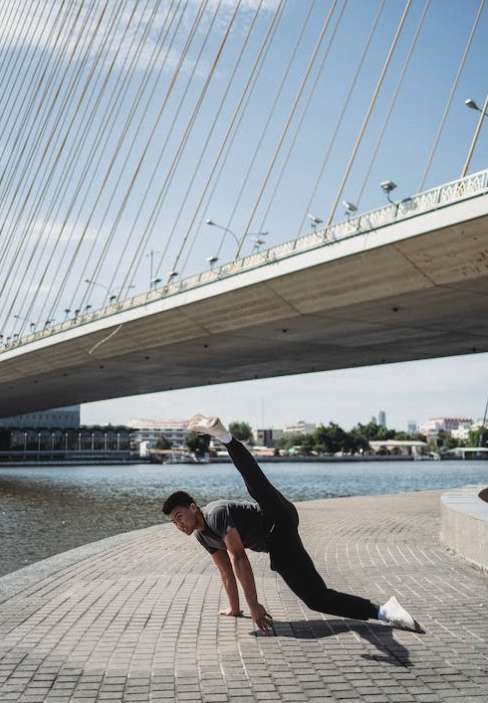
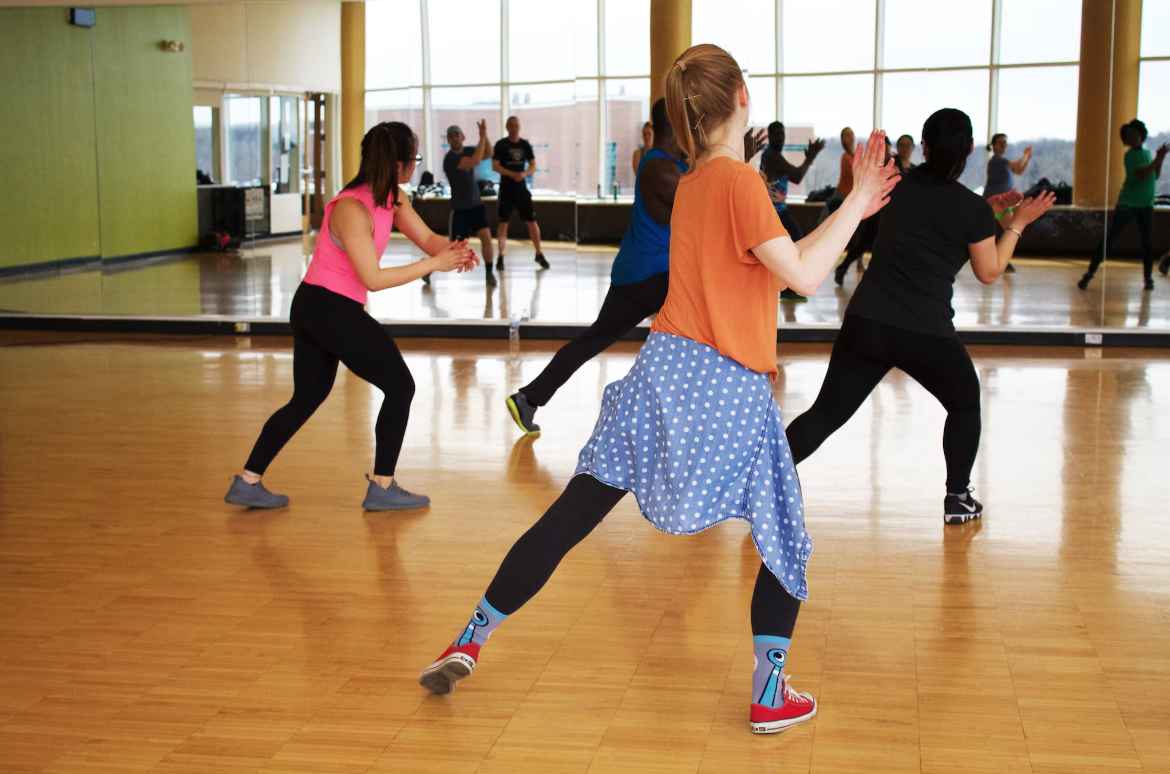
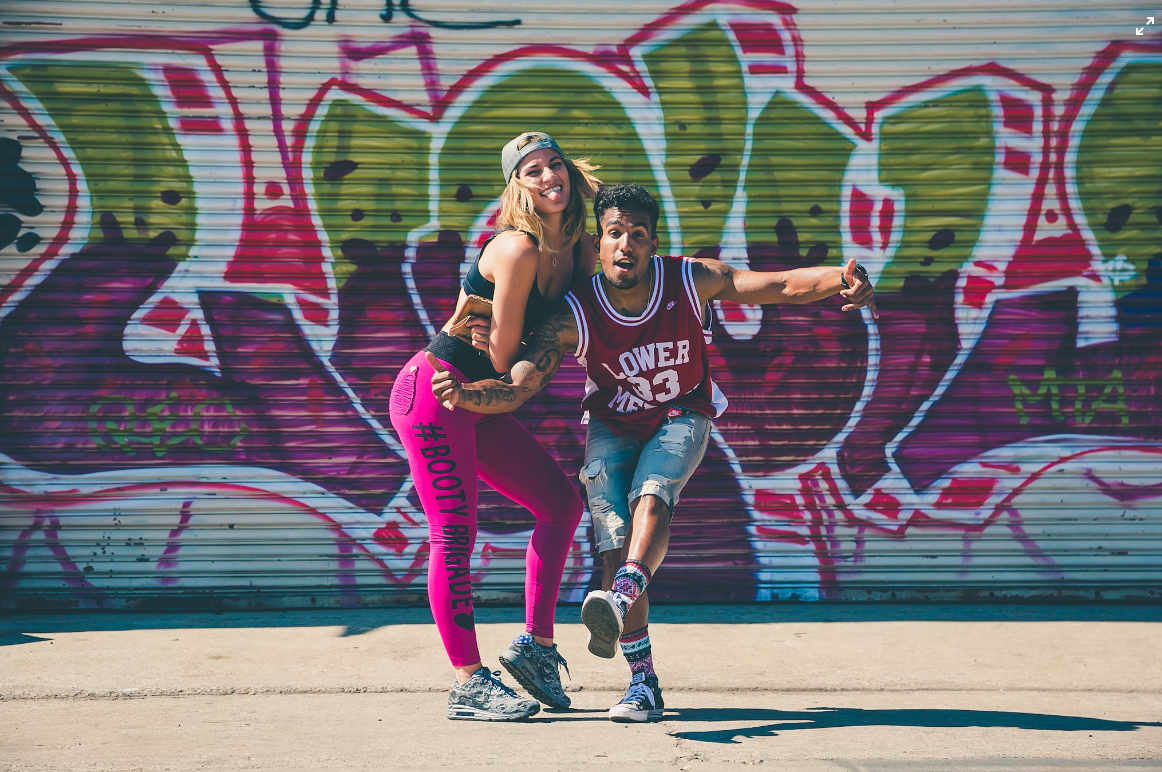
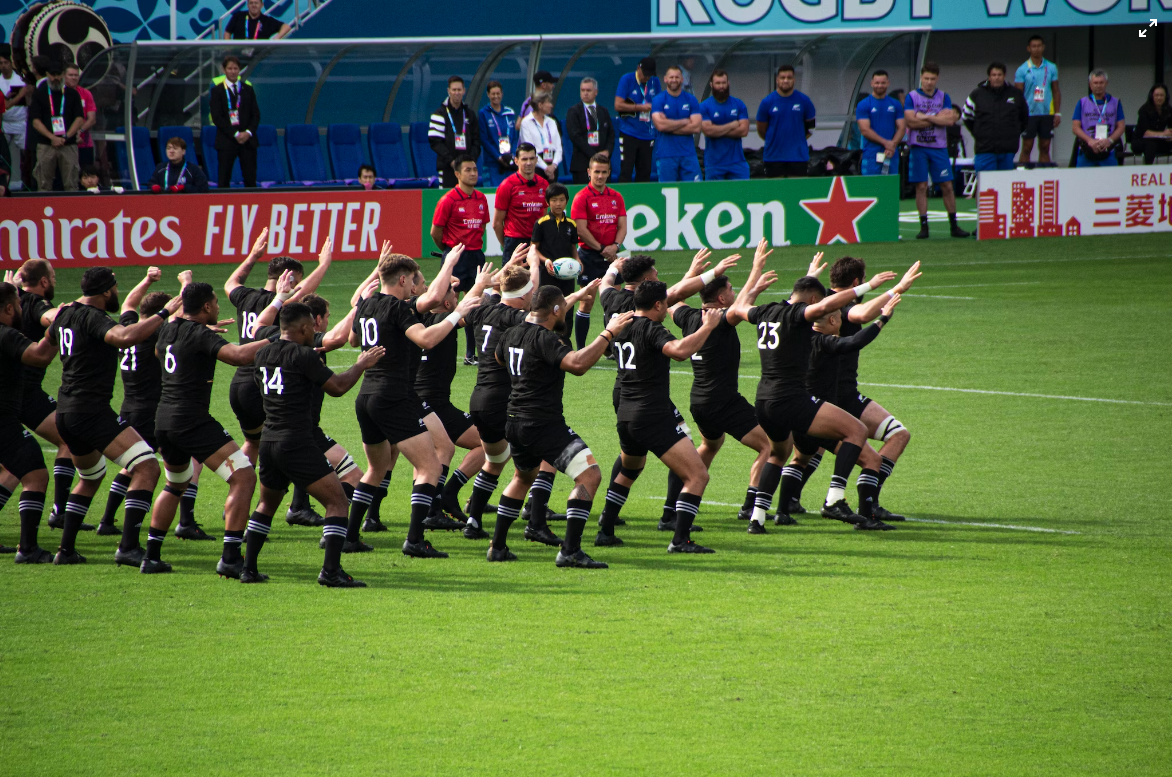
From captivating dances to enchanting melodies, every act is a celebration of diversity and the magic of culture. #UNSSDC2023 pic.twitter.com/yrs4OiV8Al
— AMANYA STUART EDWARD JR ™ (@AmanyaStuartJr) August 31, 2023
As we groove through the colorful world of dance from all over the globe, one thing's for sure: dancing together is like a secret handshake for promoting diversity. It's like saying, "Hey, let's celebrate our differences with some fancy footwork! To make diversity through dance happen, we just need to remember that dance can break through walls and bust up stereotypes. We can mix and match our moves, learning from all backgrounds. Dance is like a giant bridge-building party!In this era of connectivity and awareness, let us heed the call to action. Let us step onto the dance floor of diversity, where every move we make echoes the harmony of inclusivity. It is up to each of us to contribute to this universal dance of cultural and diversity understanding, trying new steps and ensuring that it resonates across all corners of society. As we dance to the rhythms of diversity, let our collective steps lead us toward a brighter and more inclusive future.Learn more:
- Learn Traditional Dances of Asia: https://www.secret-retreats.com/blog/general-info/traditional-dances-of-asia-a-kaleidoscope-of-the-beauty-spirituality-and-cultural-heritage-of-asia.html
Play This Fun Interactive Game:
- https://pbskids.org/daniel/games/dance-party
- https://museumhack.com/online-diversity-and-inclusion-activities/#:~:text=Diversity%20Bingo%20is%20one%20of,the%20groups%20into%20breakout%20rooms.
Take Action:
- Engage in open discussions with friends and family, read the following article and discuss it with them https://www.jpmorganchase.com/news-stories/dancing-to-diversity
- Follow some hashtags on social media that support dance and diversity, such as #DanceForDiversity, #DanceUnity, #InclusiveDance, #DiverseDancers, #DanceTogether, #CulturalDance
By Andrea Clavijo
